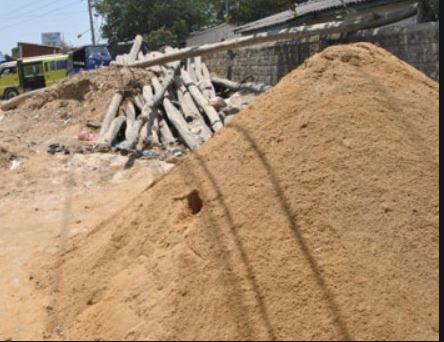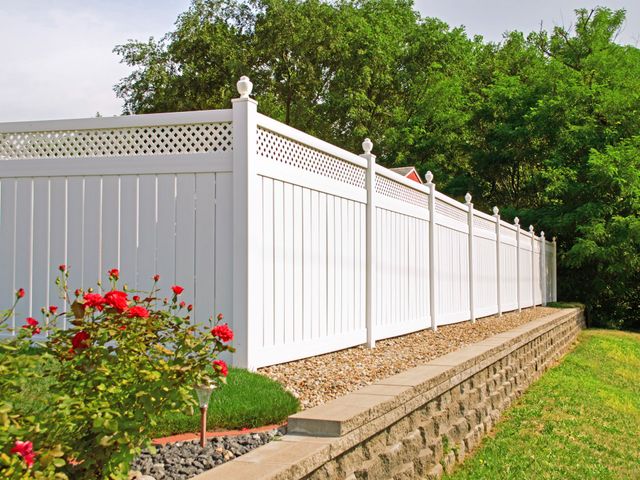Whilst the elite of Nairobi tussle more than prime city property to put up concrete towers, majority of Kenyans proceed to develop employing mud and cow dung.
And even though the cost of housing in the city keeps on increasing, sparking debates among marketplace gamers on attainable overpricing, quite a few of the country’s citizens have small to make investments on homes.
Government info exhibits that in 27 of the 47 counties, the major walling material for homes is mud and cow dung.
It is a telling statistic that George King’oriah, a genuine estate and land economics pro, puts down to 3 things.
A person is poverty. “Say each man or woman desires to stay in a prestigious stone-walled household. Where do they get the income to obtain the elements and establish?” he states.
The 2020 Comprehensive Poverty Report by the Kenya National Bureau of Figures (KNBS) indicated that 15.9 million out of 44.2 million Kenyans are weak.
It outlined poverty as “an adult earning considerably less than Sh3,252 in rural regions and Sh5,995 regular in city areas”.
The next component, in accordance to Prof King’oriah, is the standard way of human behaviour that reaches out for what is readily available in their environments if it is usable.
If a setting up substance is delivered by the atmosphere naturally, then communities go for it.
“When there is so significantly grass all-around, why do you go around getting stones?” asks the College of Nairobi lecturer, citing Garissa, Wajir
and Mandera counties that mostly use grass and reeds walling.
In central and eastern Kenya counties bordering Mt Kenya, timber is the predominant product for setting up.
In Embu, Makueni, Machakos and Makueni, the communities generally use bricks to construct, the product effortless to manufacture in the ecosystem.

Tom Oketch, who chairs the Institution of Design Undertaking Professionals of Kenya, agrees with King’oriah.
In Mombasa, for illustration, the presence of lime helps make it a essential walling content for the locals.
“So why one particular would wrestle to search for stones when lime is exterior their door?” he asks.
What is not domestically out there will be pricey to order and to ferry to construction web sites.
Quite a few people in Coast use lime, which is quickly readily available and simple to excavate, but not most people can afford to hire folks to go and mine it. So even in the exact same area, you will uncover mud partitions, states Dr Oketch.
The third influencing component, on making materials is tradition, King’oriah states.
Most communities are not still acquainted with present day architecture and they do not see the need to have to, as they are easily snuggled in a tradition that affords them consolation.
What would make the Maasai ditch their well known manyatta for a skyscraper in the middle of a sprawling Kenyan savannah?
“Stone housing and all the architectural and style and design improvements are an notion of nobility coined by the white guy. Some of these communities do not care about noble housing,” claims King’oriah.
“There is an perspective really hard to change, and with fantastic reason. These persons are snug residing in their regular shelters.”
It is like trend, he says its adoption is gradual and with out an assurance that the full inhabitants will embrace it. And if they will, then likely in phases.
Oketch claims roles connected with tradition indicate that it is challenging to undertake a new way of performing matters in communities that continue to be deeply rooted in their cultural beliefs.
“Cultural factors have a whole lot to do with people’s making patterns. People today want to manage a culture that will come by means of rites,” he states.
“In some areas of Western region, for instance, at a specified age, a boy is needed to have a hut called simba. That is a construction which goes up inside of a day. In that regard, men and women have to go for the most readily accessible substance.
“If there is a dying in the spouse and children and another person did not have the household, the residence will have to arrive up immediately. This is a apply that is tricky to do absent with, and these kinds of properties are developed using components that can be sourced without having a big stress.”
He provides a fourth motive why folks develop making use of the products they do: the local climate.
“Climatic conditions influence selection of elements. You discover that in locations the place it is chilly, they will go the timber way. In scorching locations, they can even use grass.”
It clarifies why the mountain locations – bar the truth that trees are usually out there – use timber for their walls. In research of warmth.
Coastal temperatures also impact their roofing designs, and whilst a vast majority use iron sheets, lots of other individuals use makuti, specially in recreation joints, even when they can afford different forms of roofing, largely since that variety of roofing affords a a lot desired coolness in the residences.
“A mabati roof could roast the people inside of,” remarks Oketch.
In phrases of technological innovation, people today want to use the technology that they are familiar with – what they know how to use comfortably, fairly than fumbling with overseas products.
And when at it, Oketch notes, it is a lot less economical to use permanent material. Some communities, especially nomadic ones, have to rebuild usually and it would make no point for them to use stone walls for their buildings.
Communities that use cow dung sometimes have nonetheless another explanation to do that: the dung is a preservative and acts like plaster, preserving absent bugs that would gnaw at the wooden.
They also smear it on the flooring as it also safeguards the people dwelling within the structures from possible assaults by insects.
In the KNBS facts, even though the partitions were being discovered to be predominantly mud and cow dung, the roofs ended up largely iron sheet.
The 2019 Kenya Population and Housing Census information shows that 80.3 for each cent of the households occupied dwelling models that experienced iron sheet as the main roofing materials followed by concrete or cement at 8.2 for every cent.
“The dominant content applied for wall building was mud and cow dung at 27.5 per cent followed by stone with lime or cement at 16.5 per cent,” mentioned the report.
“Dwelling units with concrete partitions accounted for 16.3 per cent of the total. The predominant ground materials was concrete or cement accounting for 43.7 for every cent adopted by earth or sand floors at 30 for each cent.”
King’oriah claims the ease of using iron sheets would make it a good roofing materials.
“Iron sheet materials is the simplest to use in roofing, is easily available and is really economical,” he states.
Firms that manufacture iron sheets have enhanced in the previous number of decades, proof of Kenyans’ desire for the roofing material.







